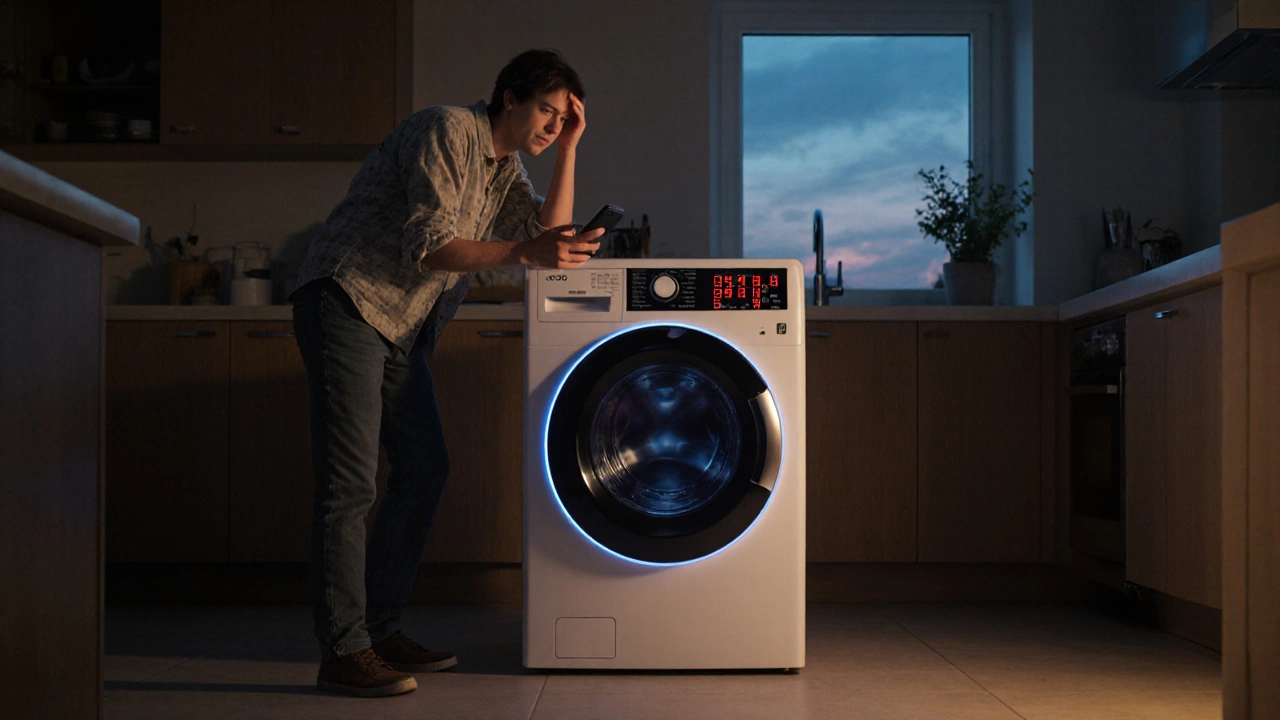
Learn how to reset a washing machine step by step, clear error codes, and troubleshoot common issues without calling a technician.
When dealing with resetting a washing machine, the act of clearing error codes and returning the appliance to its normal cycle using built‑in functions. Also known as washer reset, it can save you time and a service call. Reset button, a small push button on many modern washers that clears fault messages and restarts the control system is often the first place to look. The button usually lives behind the control panel or inside the door latch area, and pressing it requires the machine to be unplugged for safety. Control board, the electronic brain that manages cycle timing, water levels, and motor actions works hand‑in‑hand with the reset button – when the board receives a reset signal, it wipes stored errors and re‑initialises its programming. reset washing machine actions are part of broader appliance repair, the practice of diagnosing and fixing household devices without replacing them. Understanding these three entities – the reset process, the button, and the control board – gives you a clear roadmap to tackle most common washer hiccups.
Most front‑load and top‑load models display error codes when sensors detect a problem, such as an unbalanced load, a clogged drain, or a temperature sensor fault. Those codes are stored in the control board’s memory and won’t clear until the board is told to reboot. That’s where the reset step comes in: it tells the board to flush the error log, re‑calibrate sensors, and start fresh. In many cases, a simple power‑cycle – unplugging the machine for a minute, pressing the reset button, then plugging it back in – resolves the issue without further tinkering. If the problem persists, the next step is to check the drain pump, the component that removes water from the drum during spin cycles or the water inlet valve, because a blockage can trigger the same error codes. By knowing that the reset process resets the control board, you can decide whether a deeper dive into components is needed or if the reset alone will do the trick. This logical flow – error code → reset button → control board → component check – mirrors the semantic triple “Resetting a washing machine encompasses clearing error codes”, “Control board influences reset process”, and “Appliance repair requires systematic troubleshooting”.
Now that you understand the core pieces – the reset button, the control board, and the overall repair mindset – you’re ready to apply the steps to your own washer. Below you’ll find a collection of practical guides that walk you through everything from locating the reset button on specific models to diagnosing deeper faults when a reset isn’t enough. Whether you’re a DIY enthusiast or just looking for a quick fix, the articles ahead break down each task into easy‑to‑follow actions, so you can get your laundry back on track without waiting for a technician.

Learn how to reset a washing machine step by step, clear error codes, and troubleshoot common issues without calling a technician.